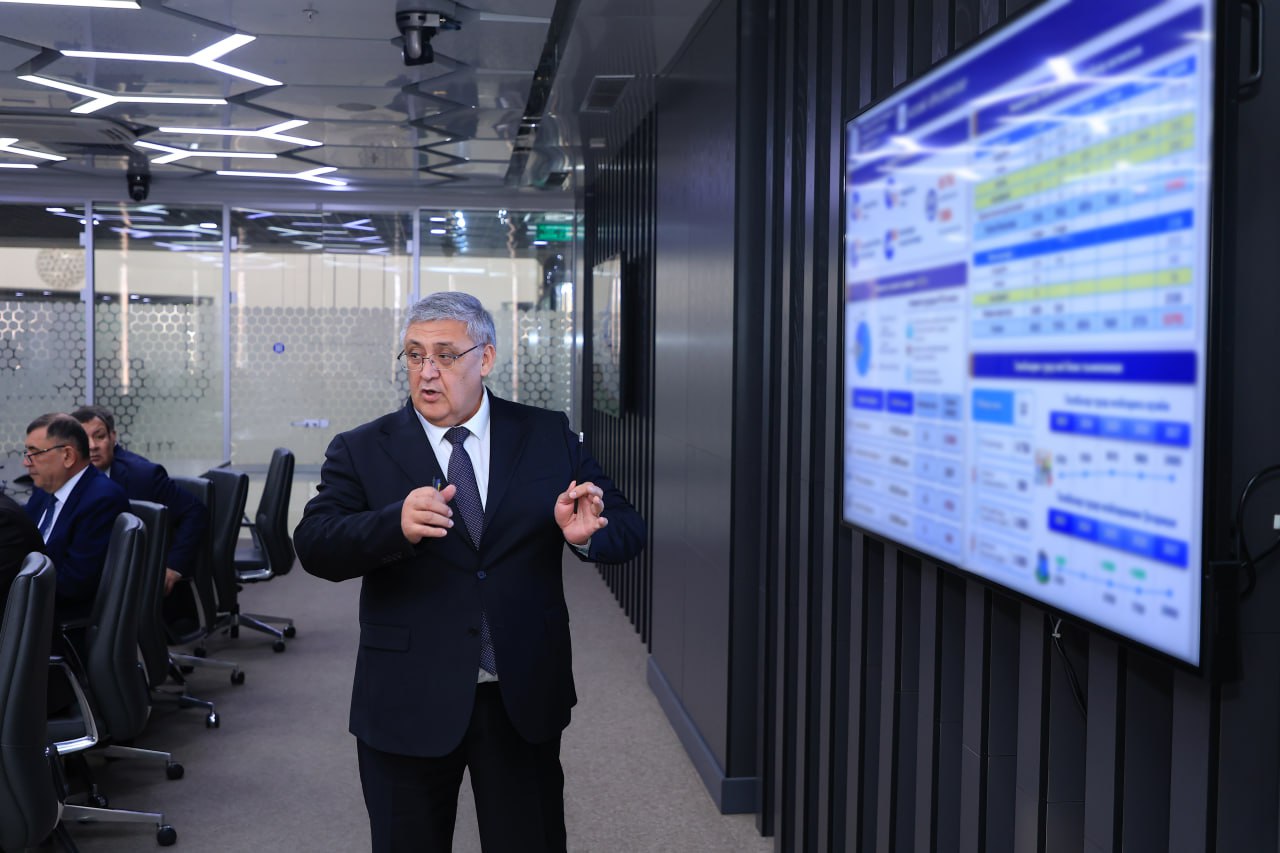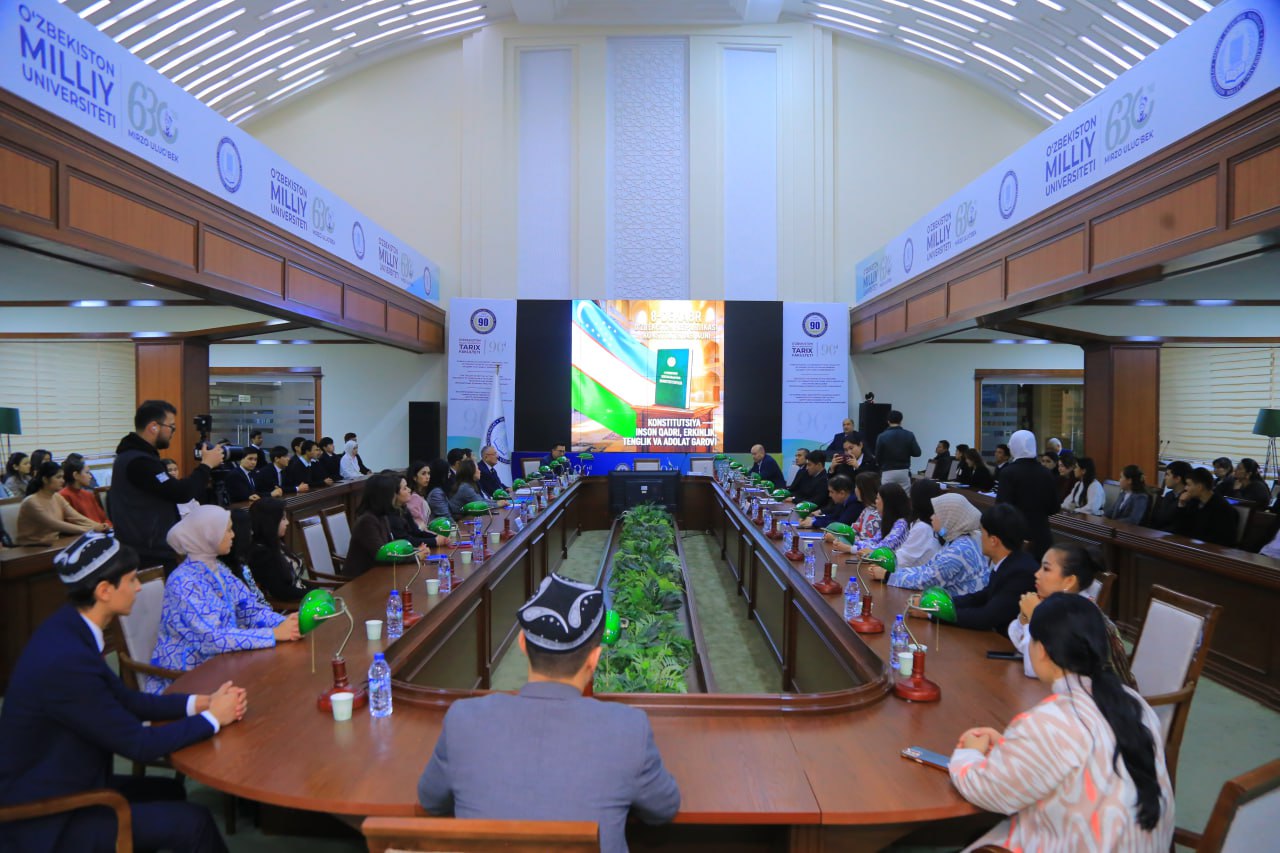Scientific adviser: Yuldashev Shavkat
Time frame for the project: 01.01.2022 – 31.12.2026
Project code: FZ-2020092435
Type of the project: Fundamental
Expected results and their relevance: As a result of this project on the study of the thermoelectric Seebeck effect and the spin Seebeck effect in thin films and nanostructures of topological insulators, the mechanisms for obtaining thermoelectric generators with increased efficiency will be elucidated. The electrical voltage generated by the spin Seebeck effect makes it possible to increase the efficiency of conventional thermoelectric generators by 20%. The spin Seebeck effect can be used as a spin current generator, just as the conventional thermoelectric Seebeck effect is used to generate electric current from heat. The additional voltage due to the spin-Seebeck effect can increase the efficiency of conventional thermoelectric generators. In some cases, the Seebeck spin effect can provide an electrical voltage much higher than the Seebeck thermoelectric effect. Experimental work will be supplemented by numerical simulations using first-principles theoretical methods without fitting the experimentally obtained parameters. Basically, the efforts will be focused on the study of the Bi2Te3 3D topological insulator, which is one of the most efficient materials for the spin Seebeck effect due to the strong spin-orbit interaction. As a comparison, we will also study the properties of other Bi2Se3, Bi2O3 topological insulators. Using the nanotechnologies developed as a result of this project, uzbekistan scientists will be able to apply modern and advanced methods for the creation and research of nanomaterials. As a result, uzbekistan scientists will have great skills in working with new technologies and will contribute to the economic and social development of our country.
Main results obtained during the reporting period: 1. On the basis of the vacuum universal post VUP-4, an ultrasonic spray pyrolysis unit was created. Using this device, experiments were carried out to obtain thin films and nanostructures of metal oxides on various substrates – silicon, heat-resistant glass, quartz. 2. In the same period, the universal vacuum installation VUP-5 was debugged and repaired to obtain thin films and electrical contacts by thermal deposition.
International scientific papers based on WoS and Scopus published within the framework of the project:
- Jian Zhang, Xinglai Zhang, Jing Li, Zongyi Ma, Bing Leng, Qixun Xia, Longhai Shen , Yandong Song, Zhengwei Fu, Siyu Feng, Lizhi Feng, Zitong Liu, Shavkat Yuldashev, Xin Jiang, Baodan Liu,Simultaneous visible and ultraviolet photoresponse improvement of MoS2/ ZnO heterostructure photodetector via direct resonant coupling of Au nanoparticles localized surface plasmon resonance, Optical Materials, 2022, 124, 111997. DOI: 10.1016/j.optmat.2022.111997.
- Baodan Liu, Qingyun Liu, Wenjin Yang, Jing Li, Xinglai Zhang, Shavkat Yuldashev, and Jinlei Yao, Self-Nucleated Nonpolar GaN Nanowires with Strong and Enhanced UV Luminescence. Crystal Growth & Design, 2022, 22, 4787-4793. DOI: 10.1021/acs.cgd.2c00215.
- П.Б. Парчинский, А.С. Газизулина, А.А. Насиров. Влияние примеси Ве на анизотропию магнетосопротивления эпитаксиальных слоев GaMnAs. Известия высших учебных заведений. Физика. 2022. (принято к печати).


